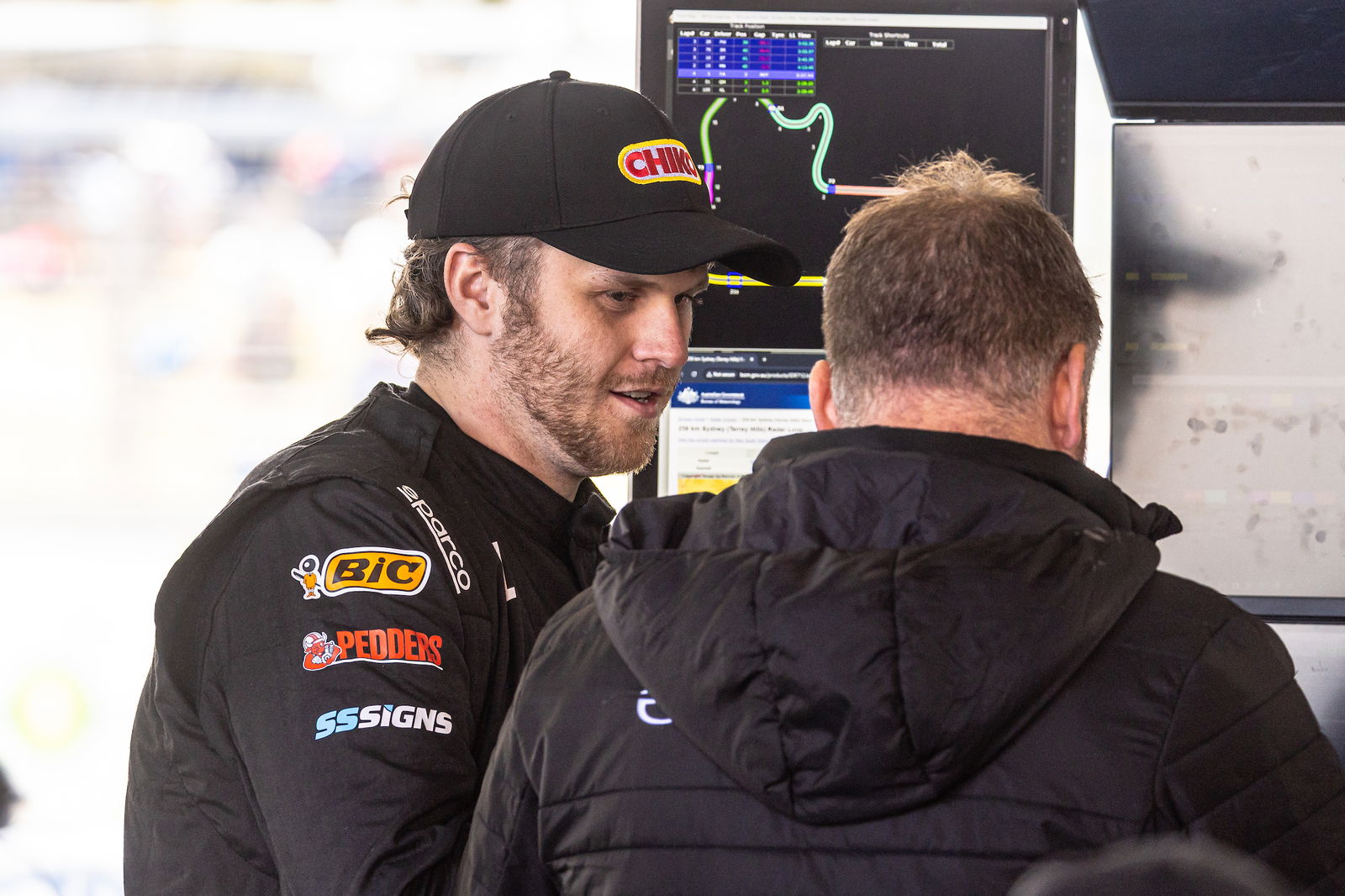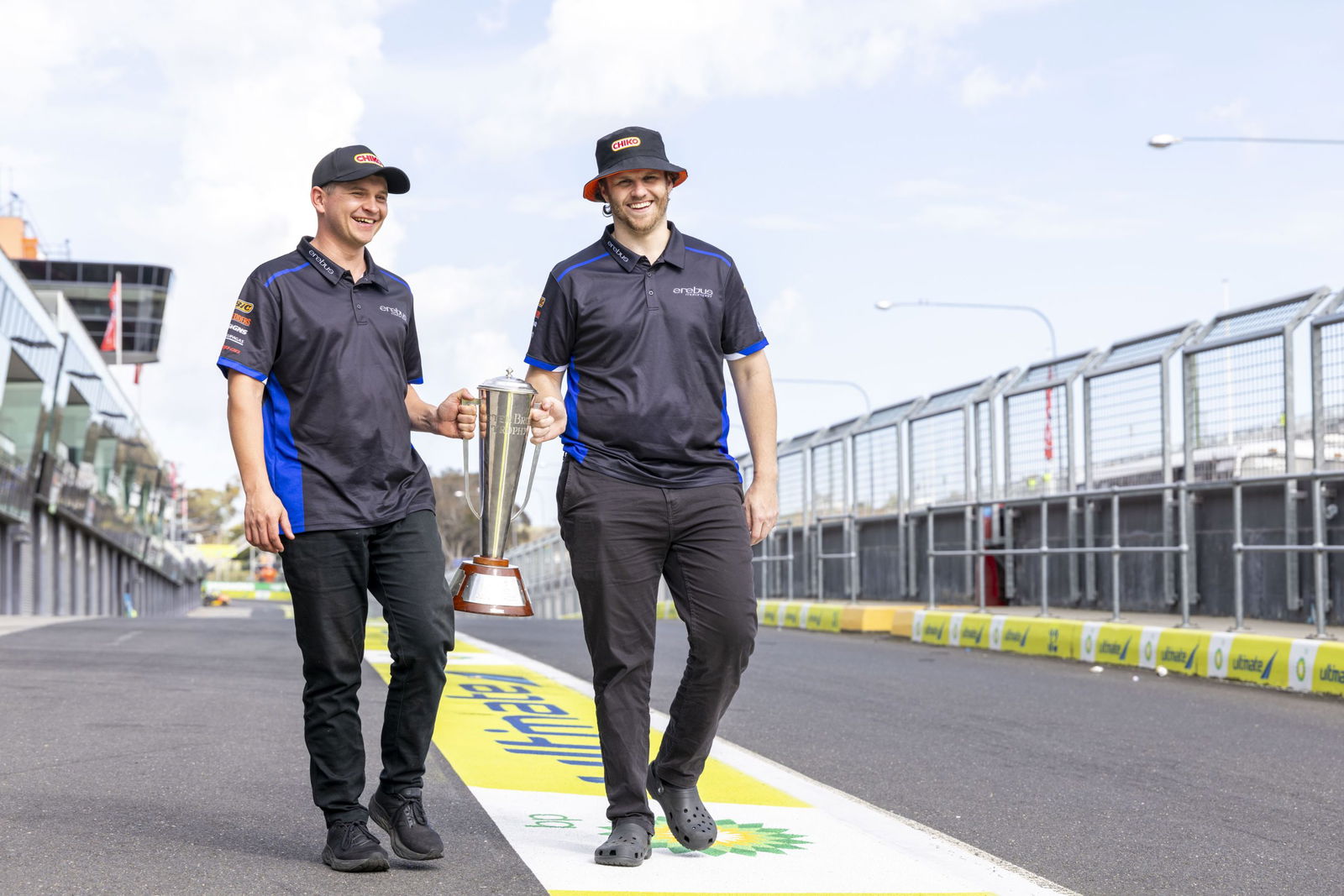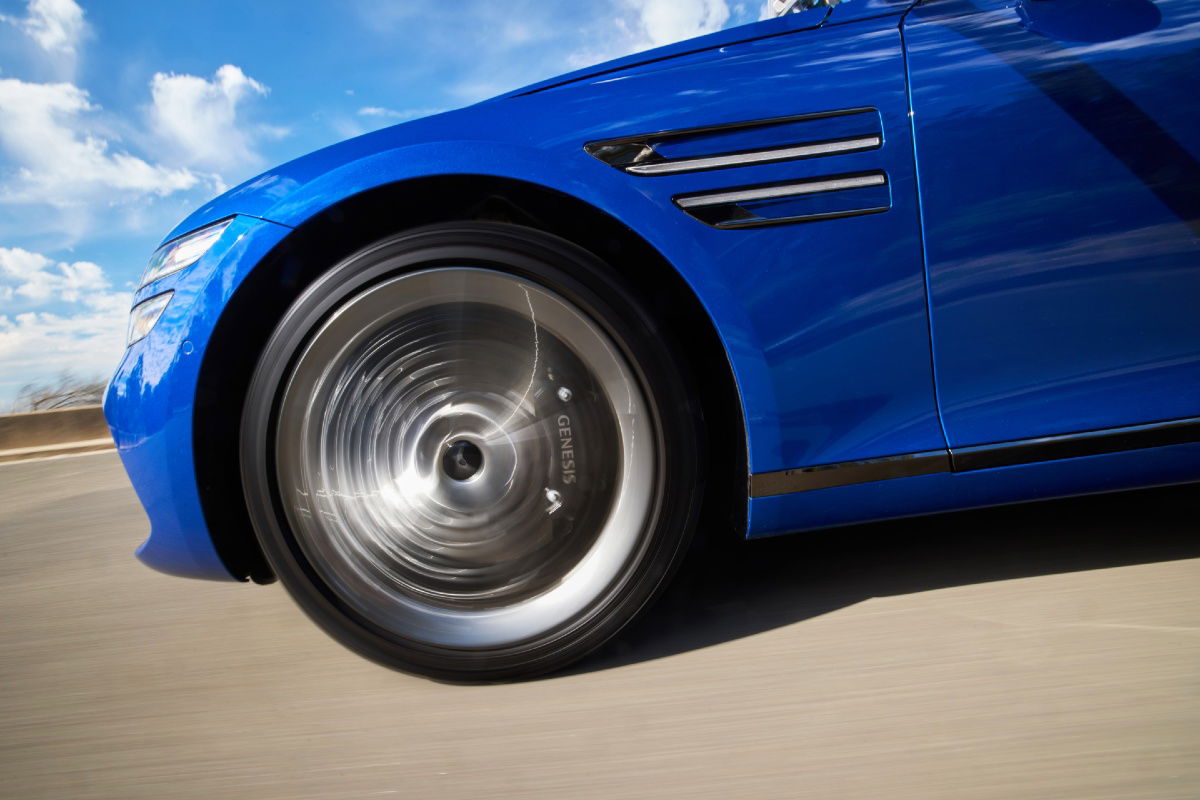

A quartet of Chevrolet Camaros from Erebus Motorsport and Triple Eight smoked away from the field, leaving the Ford Mustangs in their dust. Just like that, the darkness of 2023 returned.
Up until then it had all looked so promising.
In addition to copious work done throughout last year, Supercars had invested in off-season wind tunnel testing in the United States.
The 2024 season was producing a far more even spread of results and mid-year transient dyno analysis in the US loomed as the final piece of the parity puzzle.
Engine mapping tweaks were applied to both cars prior to Bathurst, where practice and qualifying suggested the two marques were incredibly close.
At the end of qualifying five of each brand had made the Shootout and just 0.0113s separated the quickest Mustang from the top Camaro across 6.213km.
But then Sunday happened. Aside from some lap one heroics from Richie Stanaway, the Fords never looked a chance. By the first Safety Car – on lap 132 – the top Mustang was 80 seconds from the lead.
Post-race there were more grumblings about parity. Why did the Camaros appear stronger than the Mustangs down Conrod Straight?
Is it aero? Is it engine? Is it setup? The last of those areas is of course deemed ‘sporting parity’ and outside of Supercars’ scope.
The question is, where does Supercars turn next? It’s literally spent millions of dollars on ‘world’s best practice’ technology. If it’s been applied and implemented correctly, what more can it do?
Perhaps the answer isn’t sitting in a high-tech facility in North Carolina or Detroit, where every variable is monitored to within an inch of its life at incredible cost to the category.
Maybe the answer lives on the Gold Coast, wears Crocs and a bucket hat, and can be found on off-weekends spinning spanners on sprintcars or spreading wisdom to aspiring youngsters at Norwell.

The impending move of Brodie Kostecki and his engineer running mate George Commins from Erebus Motorsport to Dick Johnson Racing could well be a godsend for Supercars.
This is in no way meant to disrespect the driving and engineering talent in the existing Ford teams, where there are some clear star performers.
But Kostecki and Commins have something incredibly special going, as witnessed by their extraordinary domination of the Bathurst 1000 in an otherwise difficult season at Erebus.
When Supercars introduced the Gen3 platform, it created a control car with no capacity to use high-level engineering resources to develop new physical parts.
While the idea was to showcase pure driving talent, it’s the ability for a driver to feel what they need from the car and work with their engineer to extract it that’s the real key.
From the moment the Gen3 cars hit the track, Kostecki did that better than anyone, romping to the 2023 title and lifting then teammate Will Brown as he did so.
Kostecki’s powers have been overshadowed this year by other factors, but Bathurst was a timely reminder of his mastery when his full focus is applied.
The Bathurst brilliance was no surprise to 2024 co-driver and friend Todd Hazelwood, who shared a house with Kostecki when the West Aussie started out in the Super2 series.
Recalling Kostecki’s fascination with engineering detail from those days, Hazelwood says having a front-row seat to the Kostecki and Commins show at Sandown and Bathurst didn’t disappoint.

“Watching BK and George work together, they complement each other so well,” Hazelwood said on the Drivers Only Podcast.
“When you get that engineer that can understand your language and they know how to bounce off you straight away, there’s no ifs or buts or maybes, they just make a decision, they just run with it, there’s no questioning yourself.
“Watching Brodie, he’s always pushing George to try and do something or make something happen.
“There’s always a little bit of pushback there from George, but I can’t fault Brodie because every time we made a change based off his feedback, the car was instantly better.”
So what happens next year when Kostecki and Commins switch to DJR, the well-resourced Ford homologation team that sits as the sleeping giant of the paddock?
They cannot defy physics. If the Ford is fundamentally deficient, then Supercars has a big problem on its hands.
That was clearly the case in the first half of 2023 when, regardless of whose fault it was, there were elements of the engine, aero and other areas such as panel weights that were not right.
But as the second Gen3 season draws to a close we’re into the microns, the tiny grains of detail that perhaps even the wind tunnel and transient dyno technologies are struggling to split.
So, can Kostecki and Commins – together with a team in DJR that was responsible for Ford’s most recent glory years – rise above it all and lead the Blue Oval back to the Supercars promised land?
Can they not only win at occasional tracks through the season as the Mustang men have done in 2024, but also resist another Camaro crush at Bathurst?
The only downside is having to wait 12 months to find out.




















Discussion about this post